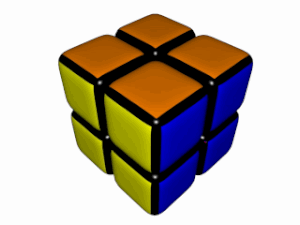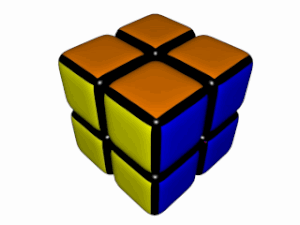Google today launched its latest Chrome beta, which brings support for animated WebP images to all of its supported platforms. On Android, this update features a new way to improve touch performance and support for the Vibration API.
 WebP is Google attempt to displace the ubiquitous JPEG and PNG image formats with a more efficient image format. Animated WebP images, however, are essentially an alternative to animated GIFs. Unlike this rather old format, animated WebP images use true alpha channels and each frame can be lossy or lossless as needed. Compared to animated GIFs, these WebP versions can be significantly smaller, but given that WebP isn’t supported by many browser vendors, this is basically just a cool tech demo for now.
WebP is Google attempt to displace the ubiquitous JPEG and PNG image formats with a more efficient image format. Animated WebP images, however, are essentially an alternative to animated GIFs. Unlike this rather old format, animated WebP images use true alpha channels and each frame can be lossy or lossless as needed. Compared to animated GIFs, these WebP versions can be significantly smaller, but given that WebP isn’t supported by many browser vendors, this is basically just a cool tech demo for now.
The way Google made touch input on Android faster is actually pretty nifty. Currently, Chrome uses a 300ms delay when it registers a tap as it waits for a double-tap to zoom. On responsive sites, however, there’s no need to wait for this as the site is already zoomed in. So Google has now disabled double-tap to zoom on responsive mobile sites to make the app respond a little bit faster to your taps.
The other change worth noting in today’s update is that – as previously announced – it will block Netscape Plugin Architecture Programming Interface (NPAPI) plugins. Starting in January, only a handful of popular NPAPI plugins will be allowed to run in the stable version of Chrome ( Microsoft’s Silverlight, Unity, Google Earth, Java, Google Talk and Facebook Video) and this change is now making its way through the beta channel before it lands in the stable version in a few weeks.
